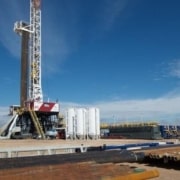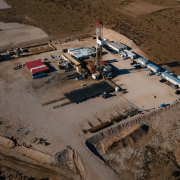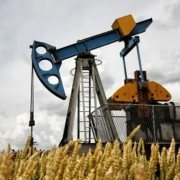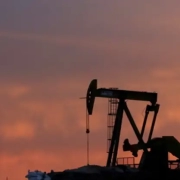In a groundbreaking development for the oil industry, Chevron has announced a significant advancement in the extraction of crude oil. This is from ultra-high pressure fields of the new drilling technology.
Potentially unlocking up to 5 billion barrels of previously inaccessible resources. This revelation comes as Chevron successfully commenced oil production from its Anchor project. It is where the first well is operating at an unprecedented pressure of 20,000 pounds per square inch (psi). It is a remarkable increase of one-third over any prior well. The significance of this achievement cannot be overstated. This may reshape the landscape of oil production and expand the boundaries of what is currently considered recoverable oil.
The success of the Anchor project represents an investment of $5.7 billion. It provides an attribution to the deployment of cutting-edge technology. The design of the equipment is from industry leaders such as NOV, Dril-Quip, and Transocean. According to Bruce Niemeyer, the head of Americas oil exploration and production at Chevron, the company began pumping oil from the first Anchor well on Sunday. It is with preparations already underway for the activation of the second well. Drilling is ongoing and is nearing readiness. This innovative approach promises to enhance production capabilities and underscores Chevron’s commitment. This will leverage advanced technology to access complex and challenging oil reserves. Ultimately, it will be contributing to the energy security of the United States and the global market.
Click here to read the full article
Source: Natural Gas World
—
If you have any questions or thoughts about the topic related to New drilling technology, feel free to contact us here or leave a comment below.










